|
Charles Stratton, more famous by his stage name General Tom Thumb, wed Lavinia Warren on on February 10, 1863. Both had a form of dwarfism and were among P. T. Barnum's most renowned performers. They toured the world and people gathered to marvel at their small size - Charles was 3'4" and Lavinia 2'8". They rode in a miniature carriage. They had miniature furniture. All they needed was a miniature baby. It was announced that their child was born on December 5, 1863. Most sources referred to it simply as a baby or child, and at least one periodical appeared to think it was a boy. The overwhelming evidence, however, points towards a baby girl who was named Minnie after her aunt. She went on tour with them and was mentioned by name as early as 1864 in English papers. There was some disagreement as to whether Minnie would take after her parents' "Lilliputian" stature, but she was undoubtedly a hit and always described as a very beautiful child. They sold a fortune's worth of pictures of the happy little family. Tragically, less than three years later, newspapers reported that "Minnie Tom Thumb" (her nickname) had died. She suffered from an inflammation of the brain while in Norwich, where her parents were touring ("Foreign News and Gossip." Brooklyn Eagle. Oct 15, 1866). She was mentioned in Charles' obituary in the New York Times, and in 1882, the Strattons' manager, Sylvester Bleeker, said the child had looked just like her Aunt Minnie. Then, in 1901, eighteen years after Charles' death, Lavinia told newspapers that she had never given birth at all.
Renting babies from orphanages? Abruptly announcing the child's death when the charade had run its course? It was exactly the type of thing people expected from Mr. P. T. "There's a sucker born every minute" Barnum. In fact, skeptics tended to preemptively declare Barnum's acts hoaxes; as soon as 1878, obituaries for Lavinia's sister mentioned "the spurious Thumb baby." And the Strattons had played along with Barnum - or even suggested it to him in the first place. Tom Thumb's baby was all a hoax. OR WAS IT? In the BBC documentary "The Real Tom Thumb," historian John Gannon claims that they really did have a daughter. He produces a death certificate and burial record for "Minnie Warren Stratton, daughter of the celebrated General Tom Thumb," a contemporary news article, and finally a tombstone in Earlham Cemetery in Norwich. The Norfolk News said that the private funeral was invaded by a crowd of about a thousand, and that the General planned to later have the body moved to America and reinterred (Norfolk News 29 September 1866 p.5). The reinternment never happened, and the grave still lies there today. Newspapers stated that the Strattons cancelled performances in order to grieve.
However, it has been accepted for over a hundred years that the child was a hoax. and John Gannon's records are far from conclusive evidence. Although it seems technically possible that Lavinia bore a daughter, the timeline makes it unlikely. She was performing onstage constantly during the year when the child would have to have been born. Pregnancy would also have presented her with the same risks that took the life of her sister, who was even smaller than she was, and who died in 1878 after a painful and difficult childbirth. The baby died with her. It left a deep mark both on her family and on the public. Even years later, in 1892, an article on the wedding of Admiral and Mrs. Dot (another small pair of performers) said, “Every mother in the room thought of Minnie Warren, and felt a throb of fear at the risk this little woman in white was taking.” On the other hand, the same article indicates rumors “that Tom Thumb’s son is nearly six feet high, and that he is very proud of his little mother.” There was no reason for Lavinia to say she'd faked a baby - willingly participating in such a hoax would not have made her look good. And it seems odd that, in her autobiography, she would mention the death of her sister (which affected her deeply) but not her daughter. As a matter of fact, her autobiography, which was probably written somewhere around 1900 or 1901, has no mention of a baby whatsoever. Because it was even more painful than her sister's death? Or because it had become an old shame? Later on, Lavinia's family went out of their way to set the record straight. Her nephew, Benjamin J. Bump mentioned the baby hoax in his 1953 pamphlet, "The Story that Never Grows Old," and in his correspondence with researcher Alice Curtis Desmond. His wife Edna wrote a letter to the editor of the New York Times on April 21, 1946, saying that "The Tom Thumbs never had a child." It seems most likely that the Strattons never had children, but they may have grown attached to their surrogates. Based on the death record and grave, it seems that one of these borrowed children died in their care, and they grieved for her and had her buried under the name Minnie Warren Stratton. That seems to have marked an end to the touring with babies. On the other hand, Bogdan in Picturing Disability dates one of the family photos to 1868, and Desmond reported in her 1954 book that they were exhibited with a baby in 1881 (page 215). On the other other hand, A. H. Saxon suggests that some European newspapers mistook Lavinia’s sister for a child (Autobiography). It was too long ago and there was too much misinformation to be sure. What gives me more pause is the 1901 interview with Lavinia. Although this article is frequently quoted, something seems off with the math, and the mention of the child apparently reaching age four before any problem was seen. Even though this was decades later, and memory can fade, how does the life and death of "Minnie Warren Stratton" mesh with the baby boy described in that article? SOURCES
9 Comments
I have nearly enough responses on the poll to publish the results. I want to just try to get one more to hit my minimum sample size. Thank you, everyone who's already responded!
TOP 5 FAVORITE THUMBLINGS
I've found so many that seemed impossible at first! Little Finger was Ditu Migniulellu. Three-Inch was Der Angule. Master Thumb was Nga-Let-Ma, or something like that, anyway. But I still have a list of resources I'm looking for.
Tom Thumb and Thumbelina are closely associated in pop culture, for obvious reasons. They've starred together in two direct-to-video movies. They appear as a couple in Shrek 2. I've also found mistaken statements that General Tom Thumb's wife used the stage name Thumbelina.
It's interesting to see how these crossovers treat the characters. The Adventures of Tom Thumb and Thumbelina was basically just a retelling of Thumbelina; despite getting first billing, Tom was barely the deuteragonist and bore no resemblance whatsoever to his original fairytale. Tom Thumb Meets Thumbelina seems like it took inspiration from both fairytales, but otherwise just kind of . . . does its own thing. In a Nutshell, by Susan Price, is a fairly short book published in 1983. It can be a little hard to find in libraries. The main characters, Thumb and Thumbling, are a pair of tiny fairies who anger King Oberon. As punishment, he takes away their powers and gives them to human families. However, the tiny man and woman decide to find each other and get back to Fairyland - which is a tall order for a couple of people only two inches tall. It's one of the most interesting mashup of thumbling tales I've read. Though Thumb is (like Tom Thumb) based in England, and his parents use that name once, his adventures of riding in a horse's ear and being used to fetch stolen goods for robbers are all Thumbling. Thumbling, given to a lonely woman in Denmark, is Thumbelina, and the quest and conclusion are strongly based on The Young Giant. The characters are unlikeable. They're supposed to be unlikeable, as fairies are played up as uncompassionate creatures, but it's still hard to get invested when they act as callous as they do. They only start to come around and grow into better people near the end. One touch I liked was how much we see the danger of their lives; Price does a pretty good job of making it feel like they are constantly threatened. Even their adopted parents could easily harm them, and overpower them by far. I don't think this book is going to be remembered as a classic or anything like that, but it was an interesting read, and I have it on my bookshelf now. The dwarves of fairy tale and fantasy literature are characterized by their short stature and impressive beards. Tolkien defined the trope, and Disney undoubtedly helped by portraying six of Snow White's seven dwarves with full beards. In some stories, even female dwarfs are frequently supposed to have similar amounts of facial hair. Other little folk are similar, like garden gnomes with their white beards and leprechauns with red beards. Unlike the people of Europe who told stories of gnomes and leprechauns, Native American men rarely wore beards. However, in such countries there are stories of excessively hairy little people, like the Anishinaabe's Memegwesi, the Lakota's Wiwila Men (in some versions) or the Metis tale of the adventurous and womanizing "Little Man with Hair All Over" (a version of The Bear's Son, Type 650A). Tolkien based his dwarves on the dwarfs of Norse myth. However, Norse and Germanic dwarfs may not have originally been the short beings we immediately picture today. Still, the bearded dwarves we know today go back a long way. For instance, the ancient Egyptian god Bes had achrondroplasic proportions and was one of the few Egyptian deities depicted with a full set of facial hair. (James Romano theorizes that Bes is visually descended from a lion, which would explain his sometimes manelike 'do.) 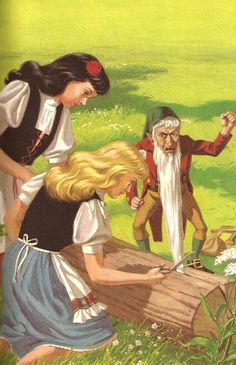 Through export, Bes would become a popular deity with other peoples such as the Phoenicians and the Cypriots. In the 5th century BC, Ctesias described Indian pygmies two cubits tall, who raised livestock that was similarly small, and had a war going on with some cranes. These pygmies had grew their hair out to their knees and their beards past their feet, so long that they did not require any other clothing. There may have been seeds of truth in this story. Dwarfs in Arthurian romances were frequently described with beards, and in folklore throughout Europe, dwarves were described and drawn as little old men with long beards. Other examples:
So why do dwarves have beards? Facial hair makes it immediately clear that despite his small size, the dwarf is not a child but a miniature adult. Such illustrations leave no room for confusion. (Fairies, who are not typically shown with beards, are usually more childlike and/or feminine.) From there, the exaggeration takes over. Sometimes the beard's length becomes purely silly and imaginative, as in stories where the tiny man's beard is longer than he is and trails on the ground like a parody of Rapunzel's hair. Some readers - from Jane Yolen on Rumpelstiltskin, to numerous critics of Tolkien's gold-loving dwarves - have suggested that these bearded dwarves are anti-Semitic caricatures. Jews in the Middle Ages were frequently depicted wtih beards. However, the trope of the bearded dwarf is so widespread and so old that it seems unlikely that they were all based on Jews. I think it's more likely that they were based on real people with achondroplasia, or real pygmy tribes. I feel like I should also mention that there was a story published by the Grimms called "The Jew in the Thorns," which featured both a bearded, thieving Jewish man and a supernatural-type dwarf who helped the hero get revenge on him. The beard is a symbol of wisdom and age. According to SurLaLune, a beard can also symbolize magical powers or invulnerability, or a sign of a somehow animal nature. The hairy little people of many Native American lores could have been influenced by Europeans coming over, but hair can still be a mark of physical maturity, as well as, again, a sign that the being is more like an animal than a human. In Snow White and Rose Red, the dwarf's beard is the source of his power. He catches it in a crevice in a tree and in a fishing line, and the girls cut it off to free him, taking his powers away in the process. Along the same lines, in the Pomeranian "Das Wolfskind," an ugly little man with a long black beard is poisoning people's food. The hero, Johann, traps the dwarf's beard in a split block of wood, and later hangs him by the beard from the ceiling and treats him like a tetherball (Jahn). This is type 650A. Here we see the beard as a physical manifestation of power. When someone else gains control of it, he is quickly left emasculated and powerless. There is definitely room for some Freudian reading here. Ultimately, my instinct is that the simplest explanation is the best: dwarves were drawn with beards so that nobody would mistake them for children. Egyptian art of Bes, for instance, sometimes had childlike attributes (such as going naked or wearing a lock of hair on the right side of his head). He could have easily been mistaken for a child had he not been drawn with facial hair (Åkerblom 15). And it just went from there, until beards were a defining characteristic of fairytale dwarves. SOURCES
You don't see thumblings in pop culture that much, so I take an interest whenever anyone does adaptations. I collect dolls, and one of my Christmas presents this year was an Ever After High doll: Nina Thumbell. Ever After High is a doll franchise by Mattel. The basic concept is that the dolls are all the children of fairytale characters. One day, they're all supposed to live out the fairytales like their parents before them, but some of them rebel against this idea. As you may have already guessed, Nina is the daughter of Thumbelina. No, the doll is not thumb-sized. This character can magically grow and shrink. More on that later. I have mixed feelings on her fashion sense. I like how her skirt resembles a tulip, but the plaid shirt is kind of weird, and my mom remarked that her vine boots looked like green silly string. Seeing the doll in person, the color combo is growing on me. I also like that the face molds are now more unique and expressive, although in other areas the new dolls lack the small details that appeared with older dolls. (For instance, the box doesn't include a doll stand as the older ones did, and Nina lacks the earrings that she wears in promo art.) I will say she is very fun to pose. Unlike the other dolls, Nina's box does not include a diary, but has only a small card bearing a brief description.
The lack of a diary was the one thing that really disappointed me when I opened the box. Nina does appear as a cheerleader in the diary of another character, Faybelle Thorn, and in one of the tie-in books, Fairy's Got Talent by Suzanne Selfors (2015). She isn't really fleshed out there, but seems mainly cautious and fearful and tends to go with the flow. This contrasts with her fearless characterization in other media. She is allied with the Rebels, the faction thats want to throw off their destinies, rather than the Royals, who want to follow in their parents' footsteps. She really only gets a spotlight once, in her webisode Thumb-believable. The other characters shrink down to her size so that she can give them a tour of Ever After High as she sees it. There are some pretty fun scenes where they climb through the walls and enter Nina's room, which appears to be inside a locker. She loves exploring and has a pet cat.
What does that mean?
In this aspect, Nina is like the "animal" characters (like the Cheshire Cat's and White Rabbit's daughters) who can turn into human form. These are characters that are marketed as dolls - not, notably, the Three Little Pigs or the Billygoats Gruff. A proportional Nina doll would be a tiny speck, not really a great doll to play with. However, her power kind of breaks the story. It's hard to see how the challenges Thumbelina faces would be challenges if she could shoot up to five foot three at any time. One person on a fan wiki suggested this was because of Nina's fairy heritage from her father, which I thought that was clever.
Because her fairytale's about people trying to force her into marriage
A short joke, but also suggests a side of her that hasn't been seen yet.
Because she's a flower fairy.
Another short joke.
And that's about all there is to know about Nina Thumbell at this point. Unfortunately, considering the direction Ever After High has been going recently, I'm concerned that we may not see much more of its characters, including Nina. I'd love to see more books featuring her.
|
About
Researching folktales and fairies, with a focus on common tale types. Archives
July 2024
Categories
All
|
Writing in Margins
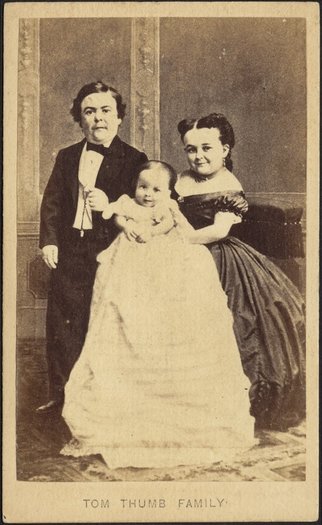
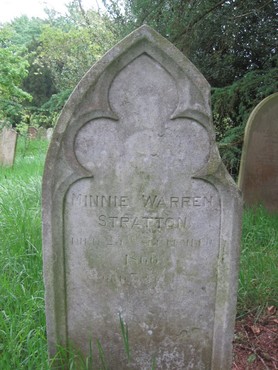
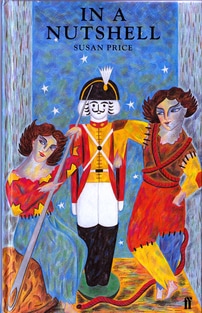
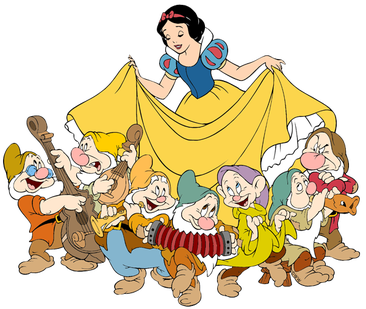
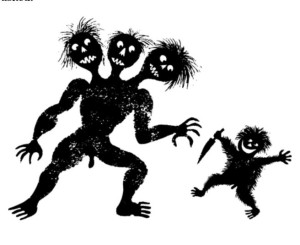
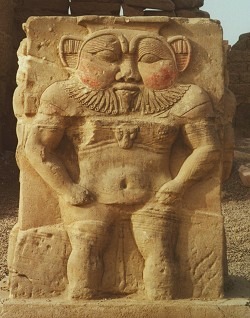
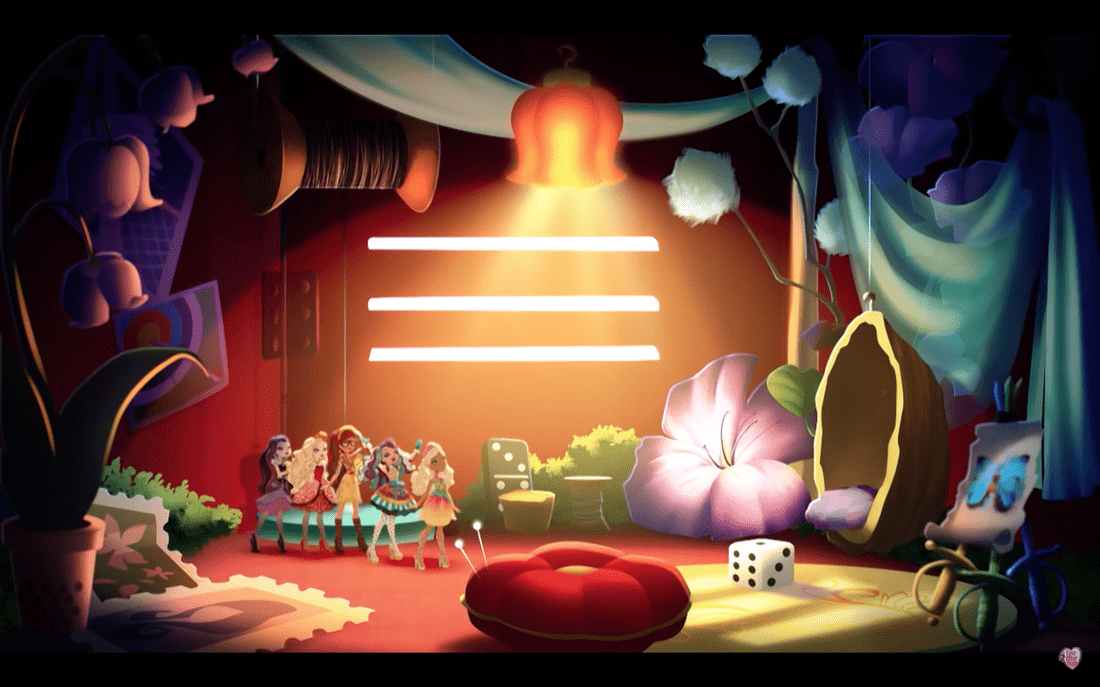
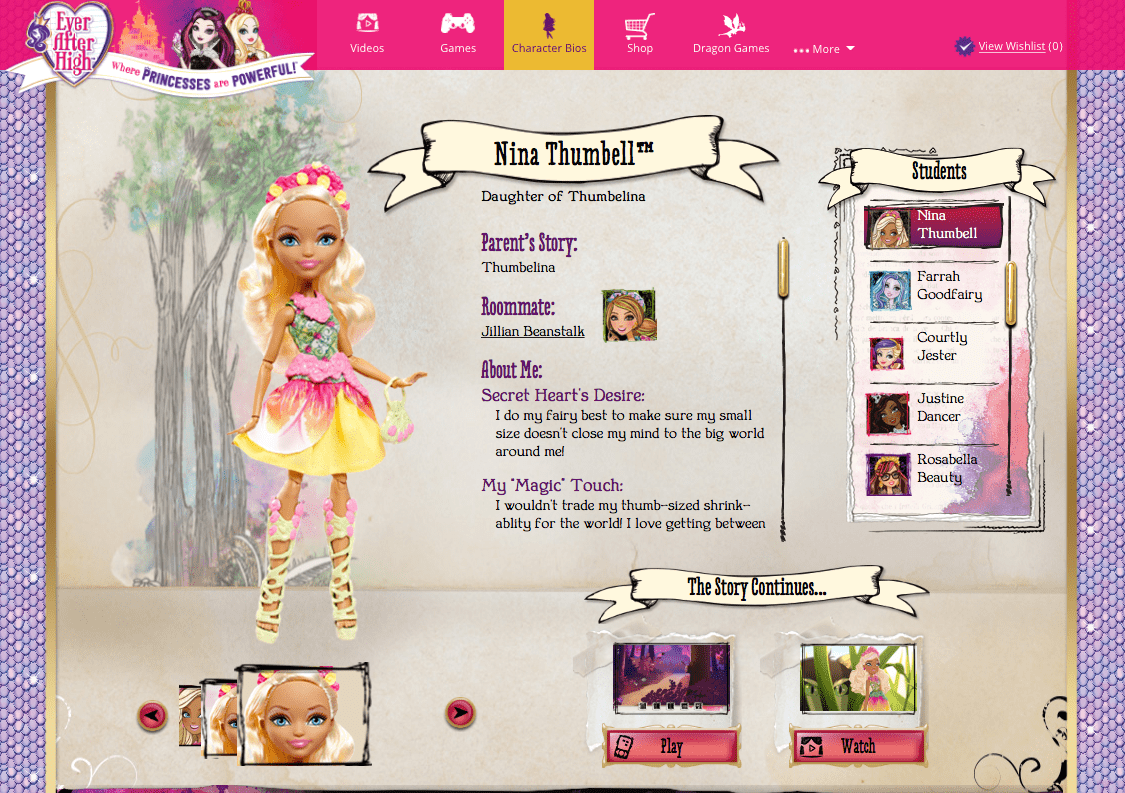
 RSS Feed
RSS Feed
